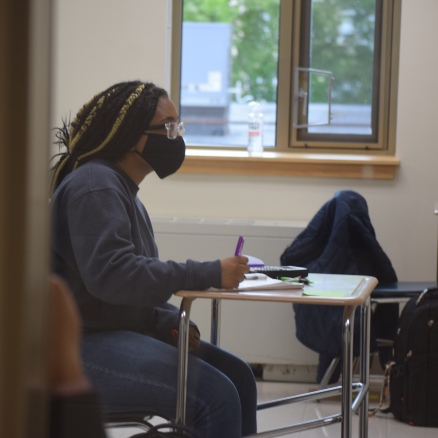I keep thinking about how a year ago none of us knew what we were truly capable of – how strong we could be, how much we could learn, how quickly we could adapt. We didn’t know yet what questions we would be asking or how the nature of our plans would change…and then change again. This remarkable year has marked all of our lives in powerful and surprising ways, and while this is true of all of us, it is especially true of the emerging generation – our tweens and teens who are coming of age in the 2020’s.
By now we’ve heard a whole lot about resilience and how our young people are adapting to “new normals” at record speeds. We can be quick to applaud young people for being resilient, because… aren’t they?! I have been amazed over and over again this year with the ways that students have adapted to new ways of learning and connecting with one another, wearing masks without complaint, and choosing to show up and care for one another when things have been hard. I’ve also heard young people express and navigate deep and persistent sadness and disappointment, because this is all really hard, and resilience isn’t just about rising above difficulty, it’s about thriving through it.
It may seem like resilience and connection are just overused buzzwords from 2020, but we’ve taken them seriously at LCA this year, because we know that whole and healthy people thrive through difficulty. We also understand that building resilient young people requires community. Research indicates that a child’s resilience mostly depends on their connections to other people1, rather than their own inherent qualities. Teens require connection and proximity to people who can encourage and equip them to not only process and cope with what is happening around them, but turn that process into progress – into growth. The importance of connection is why we’ve fought every obstacle to be in person – because every minute of meaningful connection with peers and trusted adults is worth it. Community is worth it.
Real community is beautiful, but it’s messy. It’s nuanced and difficult in normal times, but especially – as it turns out – amidst a global pandemic. We’ve spent these last twelve months pursuing community in a time characterized by isolation, and the truth is that it’s generated more questions than answers in many ways and has proven to us that it takes a resilient community to build resilient people. It takes a community that is connected to one another, to the Lord, and to the world. It takes a community willing to celebrate new questions rather than settle for simple answers.
We’re celebrating questions like;
- What does it mean to be connected?
- What am I connected to?
- Where is the blessing in being temporarily disconnected?
- How can we make space for our differences?
- What is God’s picture of a healed and whole world?
- What is justice? What is peace? And how do we have both?
- What is in my control? And what is not?
These questions are just the beginning, and perhaps we would be asking and celebrating them in a normal year, but this year has given us energy and urgency in our exploration of possible answers. This exploration is the picture of what it has meant for us to thrive through difficulty. Resilience is cultivated through connection – through communities that extend their curiosity together and celebrate new challenges, while ensuring that its members are supported and equipped to explore them without fear.
We’ve strived to be a resilient community, building curious and resilient young people by celebrating the new and age old questions before us. What questions are you asking? What curiosities are building resilience in your family or community?
1 Masten A, Barnes A. Resilience in Children: Developmental Perspectives. Children. July 2018:98. doi:10.3390/children5070098

